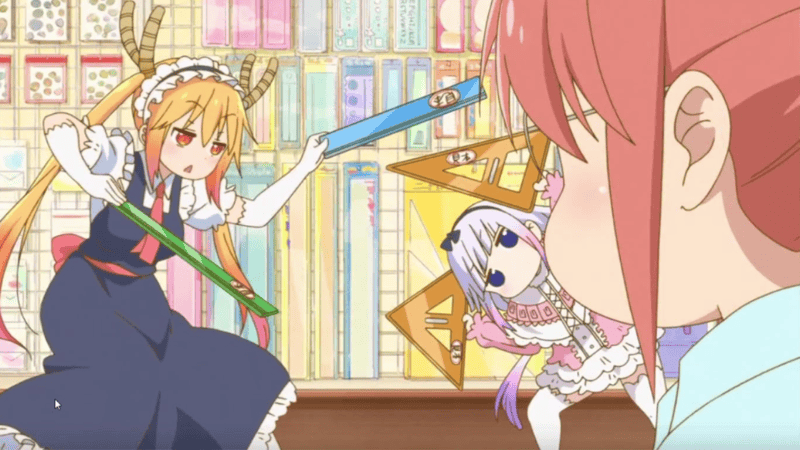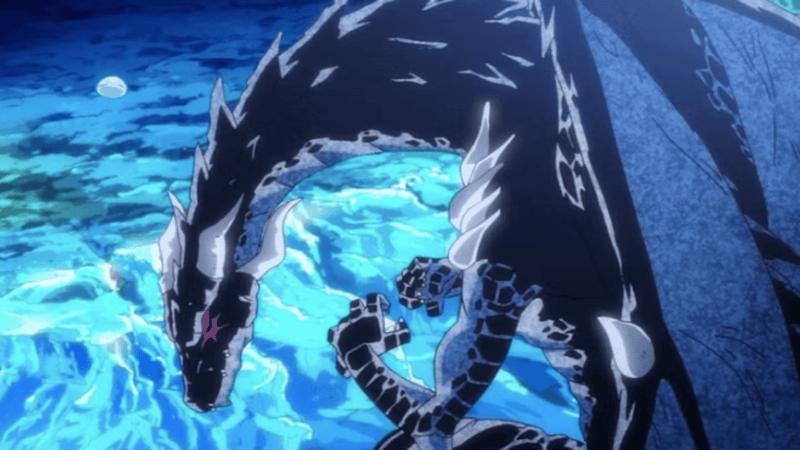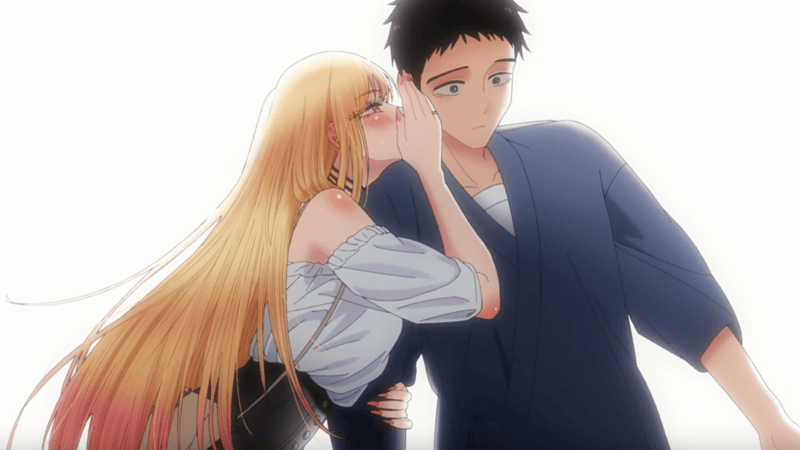Breaking Down The Main Anime Genres
Image Source: IMDb
It is no secret that anime and manga have taken the West by storm over the last few years. While anime was huge here in the 90s and early to mid-2000s, it had seemed to drop off in popularity. The Covid-19 pandemic saw many people have more time on their hands, and it saw the boom of TikTok which is a platform that many anime fans have joined looking for other anime fans to connect with. Thanks to these factors and the fact that new anime is just better than it has been over the last decade, there are a lot of new anime fans. As anime continues to grow in popularity here in the West, it can get difficult to understand the different anime genres,
especially if you are talking with a seasoned anime fan who uses words like “shoujo” or “shounen.” While anime is broken down into genres such as romance, fantasy, horror, and action, it is typically labeled with a different genre first. This genre lets people know what age group the anime or manga is intended for and then it will be categorized by one of the more common genres I listed above. In the past, there were five main categories of anime: shoujo, shounen, seinen, josei, and kodomomuke. Josei and kodomomuke are no longer widely used genres, so for this list, I will be breaking down the modern big five genres that are listed on most streaming services.
RELATED:
Shounen
Image Source: IMDb
Shounen, or Shonen, is by far the most widely known anime genre as it contains many of the most popular anime series. It is also the oldest genre of anime and manga. This genre is content that was created for young male audiences typically in the 12-18 years old age range. They are typically defined by their action sequences, character growth, rivalry-focused plots, and a clear good vs evil format. Modern anime series have begun to change these characteristics though and are creating a new age of Shounen content.
Popular Examples: Dragon Ball, Naruto, One Piece, Chainsaw Man, Fire Force, and My Hero Academia.
Shoujo
Image Source: IMDb
Shoujo, or Shojo, is the second most widely known genre, and that is because it is the exact opposite of the Shounen genre. This genre is content that was created for young female audiences and focuses on themes like friendship, romance, and character growth. The leads in this genre of content are typically young women who are forced to navigate their emotions and difficult situations. This genre has been growing in popularity recently as more anime creators and mangakas have begun to push the boundaries of this genre.
Popular Examples: Sailor Moon, Fruits Basket, The Apothecary Diaries, Yona of the Dawn, My Happy Marriage, and Nana.
Seinen
Image Source: IMDb
Seinen is by far the least well-known genre on this list, and that is because it was considered more taboo than the other genres. This genre is content that was created for adult male audiences and makes sure that its content reflects that. The genre typically features stories similar to those in Shounen anime and manga, but the focus is on the violence, psychological impact on the characters, and overall darker themes rather than on battles and supernatural power-ups. The protagonists are also typically a bit older than those in the other genres.
Popular Examples: Vinland Saga, Tokyo Ghoul, Miss Kobayashi’s Dragon Maid, Classroom of the Elite, Bungo Stray Dogs, and Kaguya-sama: Love is War.
If you are thinking to yourself that many of the anime you love could fit into multiple of the above genres then you’re not alone. Since these genres are focused on audience demographics and not content alone there are plenty of hybrid anime and manga that fall somewhere in the middle. The last two genres that I am including are two of the newest ways that streaming services have begun to categorize content on their platforms. They are focused on content rather than audience demographics, so they can be a bit easier to navigate.
Isekai
The word isekai directly translates to “other world” or “differently world” which is exactly what this genre is. Every anime included within this genre features at least one character who is transported to a different world. Typically, this is a fantasy-style world with magic and fictional creatures, but there are a few where the character or characters are transported to another version of the real world. There are also a few anime in this genre where the character is reincarnated into a different world. The most common trope within this genre is a weak protagonist who gains incredible skills once they are transported/reincarnated where they get a chance to be the hero of the story.
Popular Examples: Suicide Squad Isekai, Farming Life in Another World, That Time I Got Reincarnated as a Slime, Sword Art Online, and Re:Zero.
Slice Of Life
Image Source: IMDb
Slice of Life is one of my favorite genres of anime because anime within this genre are typically comfort animes. Every anime in this genre follows the “mundane” life of the main character or core group of characters. Mundane life is subjective because when these are set in fantasy worlds their version of mundane is pretty different from ours. The protagonists in these anime are typically working towards a goal or working on a relationship which could be platonic or romantic.
Popular Examples: My Dress Up Darling, OKITSURA: Fell in Love with an Okinawan Girl, but I Just Wish I Know What She’s Saying, BOCCHI THE ROCK!, Cherry Magic! Thirty Years of Virginity Can Make You A Wizard?!, Call of the Night, and Jellyfish Can’t Swim at Night.
While the anime mentioned in this article are spread across streaming platforms they are all available for streaming.
READ NEXT:



















